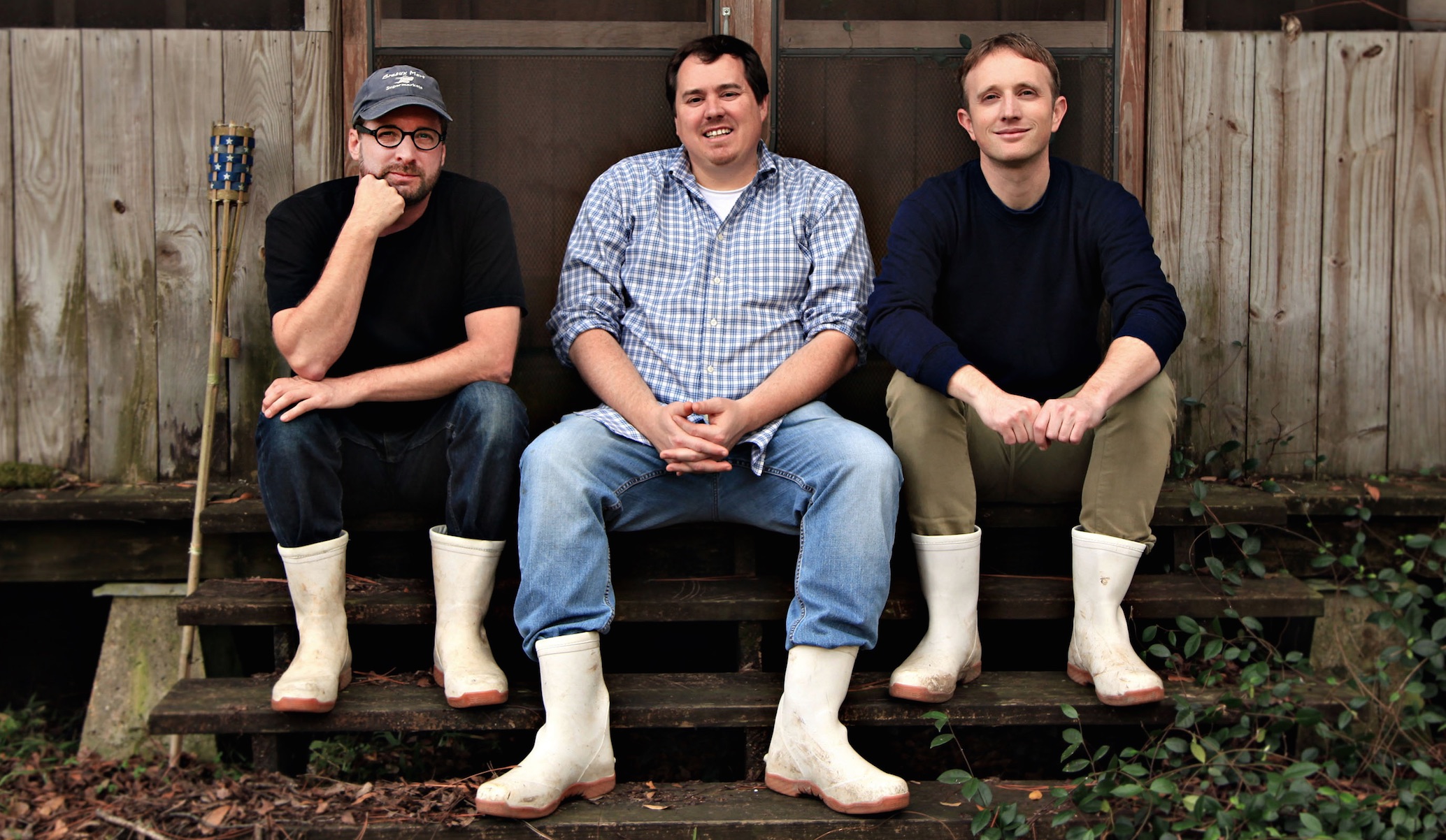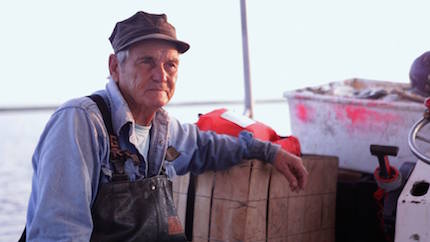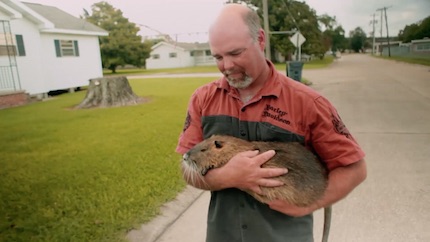FIVE MUST-SEE AUSTRALIAN SHORTS AT THE MELBOURNE DOCUMENTARY FILM FESTIVAL
 Monday, July 2, 2018 at 9:53AM
Monday, July 2, 2018 at 9:53AM The best film festival programs should prove daunting at first glance, be that in terms of the sheer number of films or the challenging themes and narratives they offer. The subset of Australian documentary short films on offer at the 2018 Melbourne Documentary Film Festival is itself breathtaking in scale, so we thought it best to drill down on a relatively random five that you should try to see out of the many great local efforts on offer…

BUT HONEY, YOU LOOK FINE
Strand: Sports Docs / Aussie Shorts
Screening: Tuesday, July 10 from 7.00pm at LOOP
Synopsis: A young filmmaker documents her closest friend Gabby's struggle with bulimia, from the earliest signs of the disease through to its life-threatening nadir, using footage they recorded together over the course of their friendship (pictured, above; Gabby Bennett).
From the filmmaker: “Unfortunately, this story is more common than it is rare. And it turns out the forces against us had been at work since before we even realised it. So we figured, in order to get better, we need to unpack what’s going on inside already, and figure out where it all came from. Was it innate within us or thrust upon us?” – Jennifer Leonforte, Director (official website)
DRUMMER GIRL
Strand: Short Sessions 1
Screening: Sunday July 8 from 12.00 at Howler Synopsis: Renee Kelly is a prodigious rock drummer, who's also completely blind. Moving between past reflections and future dreams, Renee's story reveals a passionate and determined artist, set to a bold musical score.
Synopsis: Renee Kelly is a prodigious rock drummer, who's also completely blind. Moving between past reflections and future dreams, Renee's story reveals a passionate and determined artist, set to a bold musical score.
From the filmmaker: “We first came across Renee a few years ago, and we knew instantly we wanted to tell her story in a short-film format. An exceptionally gifted, humble and determined musician who’s been playing the drums since age three, Renee is also profoundly blind, with no access to image or light. We wanted the audience to feel a real intimacy with Renee and for her music to be heard. We wanted her story to be told and to convey a feeling of her experience of the world and her place within it.” – Poppy Walker, Producer (read the full interview at Screen NSW)
WOLFE
Strand: Short Sessions 2
Screening: Tuesday, July 8 from 3.00pm at Howler
Synopsis: Unlike most kids, Nick had an imaginary friend he could really hear. His voice sounded gruff and old, and no one else could hear him. Mister Wolfe became Nick's constant companion, but before long a darker side emerged. Featuring animated scenes and a candid interview with the now 24-year-old Nick, the film portrays a collage of his psyche. Winner of the Berlinale Crystal Bear award for Best Short Film in the Generation14plus category
From the filmmakers: “My goal was to present a film about mental illness from the perception of the person experiencing it. I used a very personal story, so for it to resonate with audiences around the world is amazing.” – Claire Randall, Director (courtesy, Griffith University)
ACT OF TRANSLATION
Strand: Sports Docs / Aussie Shorts
Screening: Tuesday, July 10 from 7.00pm at LOOP Synopsis: "Which story do you want to hear? The one I tell my parents…or the one I tell my friends?” Twenty international students are propelled out of their comfort zones through theatre workshops and performances. By learning to tell their real stories they challenge and transform the narrative about Melbourne’s international student community (pictured, right; students featured in Act of Translation)
Synopsis: "Which story do you want to hear? The one I tell my parents…or the one I tell my friends?” Twenty international students are propelled out of their comfort zones through theatre workshops and performances. By learning to tell their real stories they challenge and transform the narrative about Melbourne’s international student community (pictured, right; students featured in Act of Translation)
From the filmmaker: “We were unsure what the outcome would be, or if students would even show up. I knew I was in for a shooting ratio that would be a killer in the edit, filming conditions that would be in less-than-desirable neon-lit humming air conditioned spaces...but also some golden and transformative moments.” – Irene Metter, Director (read the full interview at We Are Moving Stories)
TURN IT UP! FINDING SYDNEY’S SOUND
Strand: Closing Night Rock Docs
Screening: Saturday July 14 from 7.00pm at Backlot Cinemas
Synopsis: The live music scene in Sydney has seen some amazing artists get their break and establish successful careers. Sadly, venues have been closing across the city, and the culture has been irrevocably altered. So what does the live music scene in Sydney look like today, where do artists go to perform, or is the Sydney scene dead?
From the filmmaker: “We want to break the narrative that Sydney is a dead town. The more noise we can make about it, and the more people we can get supporting live music and going to gigs, the better.” Samantha Holder, Co-director (read the full interview at We Are Moving Stories)
The 2018 MELBOURNE DOCUMENTARY FILM FESTIVAL runs July 6-14 at various venues around Melbourne. Check the official website for ticketing and session information.
 Australian,
Australian,  Documentary,
Documentary,  Film Festival,
Film Festival,  Melbourne
Melbourne 















